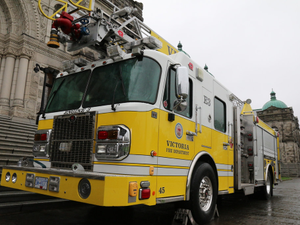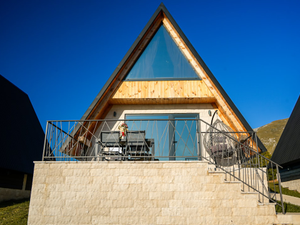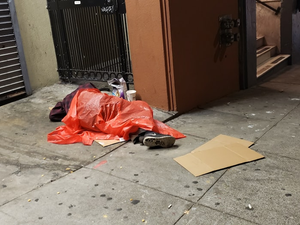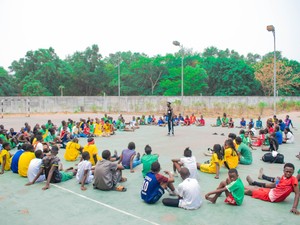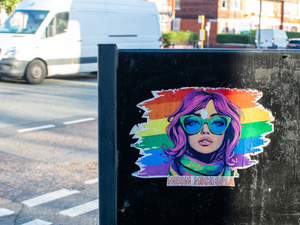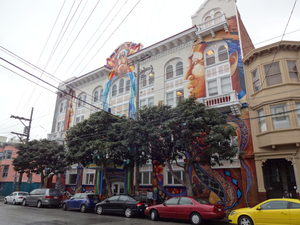How San Jose is Transforming Homeless Housing with Innovative Tiny Home Villages

Photo by Deepavali Gaind on Unsplash
San Jose is taking bold steps to address its homelessness crisis by creating innovative housing solutions that prioritize dignity and community. The latest initiative is a 136-unit tiny home village built on Valley Water land, representing a groundbreaking approach to providing safe, stable housing for unhoused residents.
The Cherry Avenue tiny home community, which cost $18.3 million to construct, offers more than just shelter. Each unit comes with private bathrooms, access to central laundry facilities, and an outdoor picnic area. Nonprofit HomeFirst will provide critical case management services to help residents transition into permanent housing, offering a pathway out of homelessness.
This project is part of a larger strategy by San Jose to dramatically increase housing options. The city has already opened 11 temporary housing sites this year, adding nearly 1,240 spaces for homeless individuals. Mayor Matt Mahan highlighted that these efforts have already yielded results, with San Jose seeing a 10% drop in unsheltered homelessness while the rest of California experienced an increase.
Funding for the project came from multiple sources, including $9 million from state grants, $7 million from a local property transfer tax, and over $2.5 million in philanthropic donations. The innovative partnership between the city and Valley Water demonstrates how creative collaborations can address housing challenges.
Currently, San Jose has 6,503 homeless residents, with approximately 3,959 still unsheltered. The city’s ambitious goal is to reduce unsheltered homelessness to 50% and achieve “functional zero” - a point where more people exit homelessness than enter it.
The Cherry Avenue village represents more than just housing; it’s a testament to San Jose’s commitment to providing compassionate, dignified solutions for its most vulnerable residents. By transforming underutilized land into community spaces, the city is showing that innovative thinking and collaborative approaches can make a real difference in addressing homelessness.
AUTHOR: kg
SOURCE: Local News Matters



